The gardens of Mounton House: A masterpiece restored, and a dream fulfilled
The gardens of Mounton House near Chepstow in Monmouthshire are the masterwork of Henry Avray Tipping, into which he poured his vast inheritance. Yet they would have gone the way of so many Edwardian gardens had it not been for its new owners, who had the brilliant idea of asking the designer Arne Maynard to bring it back to life. Helena Gerrish tells the story; photographs by John Campbell.

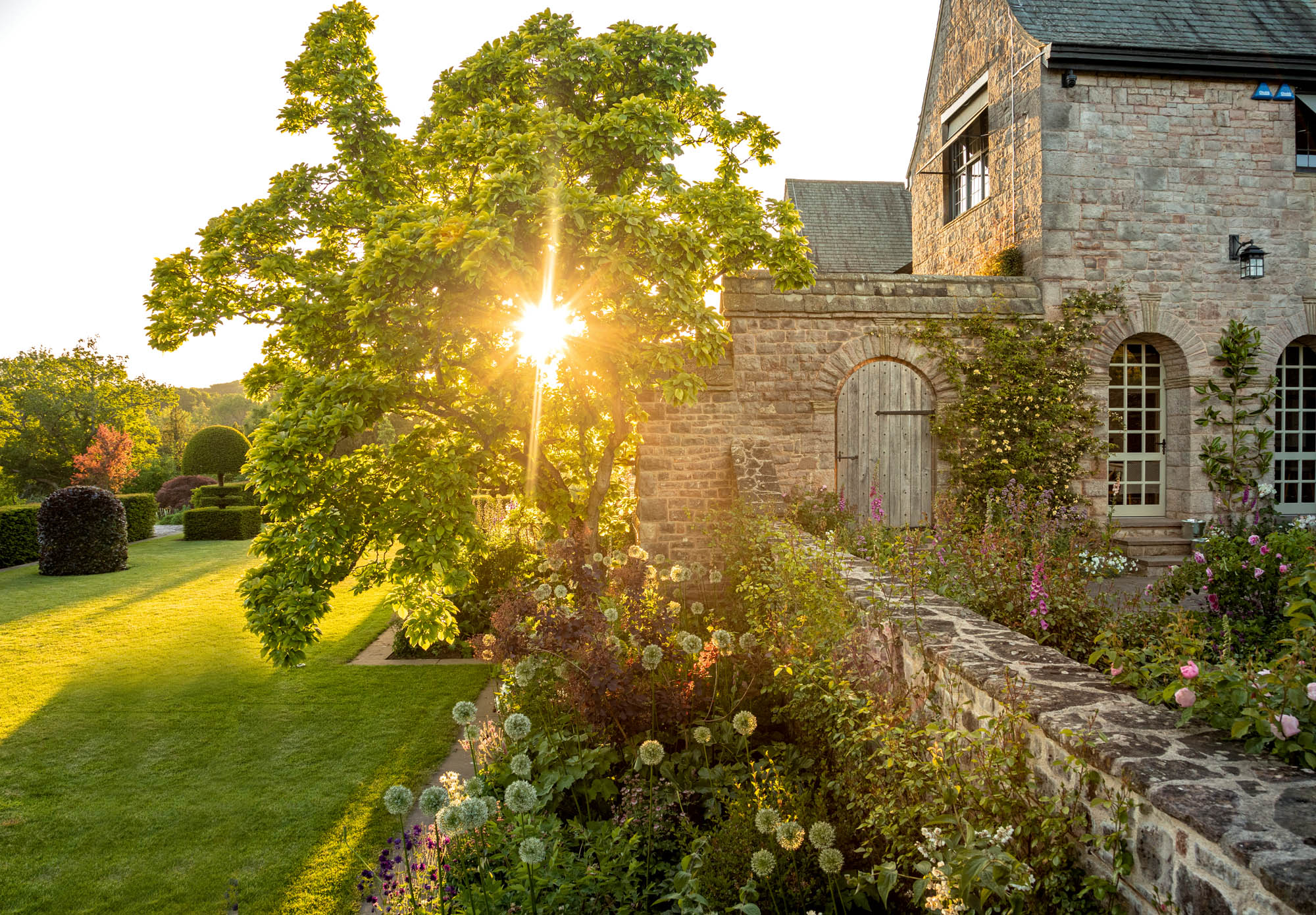
When Henry Avray Tipping, the influential Country Life Architectural Editor of the early 20th century, created a new country house for himself at the end of the Edwardian era, he was determined that the surrounding gardens should not be a mere setting, but an equally important part of the project. Indeed, a significant section of the gardens pre-dated the idea of the house. Once Tipping had chosen the Chepstow area for his weekend escape from London, he initially restored Mathern Palace and lived there with his mother from 1897 until her death in 1911.
To give his guests a change from the rather dull levels along the Severn Estuary, he developed a water garden nearby in a dramatic limestone gorge, where the Mounton Brook emerged from the Welsh hills. It was quite a feat of engineering, involving the demolition of a number of ruined paper mills and cottages, the purchase of a miniature railway to cut a new channel for the stream and the conversion of the resultant spoil heaps into garden features. Two of the abandoned cottages were restored, one for a gardener and one, with a large living room and fireplace, for friends to enjoy a picnic.
In due course, the article ‘A water garden in the natural style’ appeared in Country Life (September 1, 1910), in which Tipping described the landscape work and paid particular attention to the plantings, having become by that time a knowledgeable plants-man under the influence of his friends William Robinson and Gertrude Jekyll. He used deciduous trees and tall perennials close to the gorge, lower plants on the rocky piles and lush, large-leaved species along the stream edge.

Tipping realised that the plateau above the gorge was a potential site for a house with more extensive gardens and, in 1911, the deaths of both his mother and his only surviving brother meant that he became the sole heir of a huge family fortune. He immediately bought 61 acres and work on Mounton House began, as two contrasting areas were planned to add to the water garden.
Most striking was the formal garden: a long terrace was protected by the gables of the house and at each end by protruding coped walls; in the centre, a broad flight of steps led down to a bowling green, which was surrounded by clipped yew hedging; to the east, there was a paved garden with a pool and 24-pillar pergola; and beyond that a croquet lawn, also enclosed by walls, and an open-sided two-storey Tea House (the upper floor was used for open-air sleeping). His friends were amazed at the expense of all this garden construction, but Tipping explained: ‘You see, I do not care to keep racehorses or dancing ladies. I prefer to spend my money on walls.’
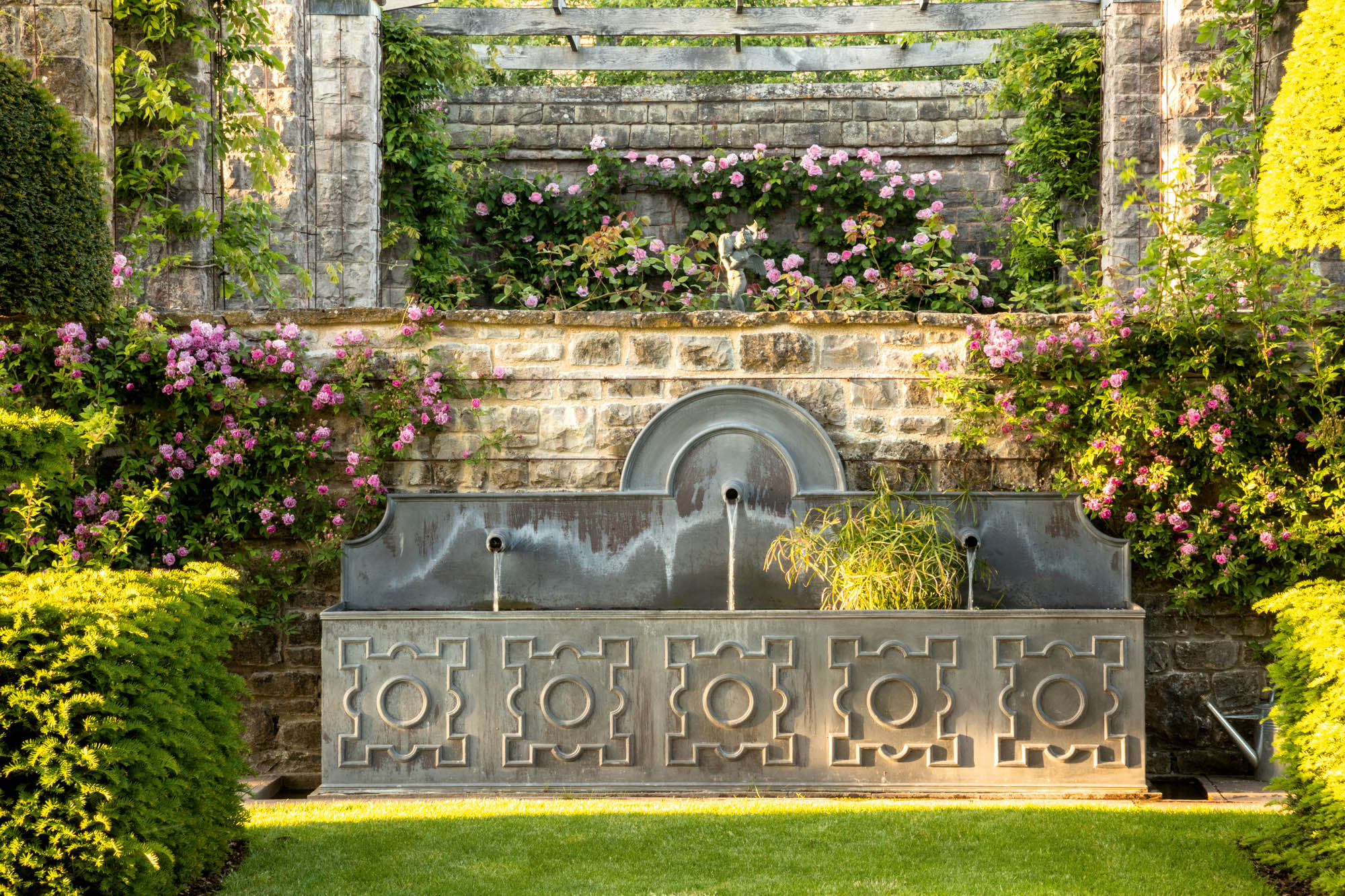
The division into a series of protected outdoor rooms was necessary because the situation of the house on the very edge of the plateau, oriented to exploit the view towards the Estuary and distant Mendip Hills, meant it was also exposed to Atlantic gales.
When he wrote about the garden for Country Life on July 28, 1917, using photographs taken in the summer of 1916 and showing the luxurious plantings that softened the stonework, he remarked that he had applied a policy of survival of the fittest: ‘Against the house were set a variety of climbers and wall shrubs, all of which did well till last winter taught them the rigours of life. Clianthus puniceus was done to death… Of veronicas all the speciose hybrids succumbed, but Hulkeana survived’.
Exquisite houses, the beauty of Nature, and how to get the most from your life, straight to your inbox.
He had more success in the second new section, the less formal transitional area between the house and gorge where he turned quarried ground into a rock garden and planted shrub banks and new trees, finding that the slopes afforded ‘many a choice site for tender subjects, yielding as they do as much protection as a high wall’.

All was ready for visitors by May 1914, thanks to the efforts of a dozen gardeners, but the advent of the First World War meant that the best of the gardeners joined up, to be replaced by older men and boys, and when the war ended the days of Edwardian house parties were over.
A disillusioned Tipping gave up the estate in 1922 and, although the house survived, for 50 years as a school, the grounds gradually returned to Nature. By the present century, the water gardens had been sold off, the terraces and walled areas were damaged and the rock garden and banks had lost the carefully chosen and situated plants that were their raison d’être. Mounton seemed destined to join the long list of British abandoned gardens.
Fortunately, new and energetic owners who were already working on the restoration of the house were determined to accord the garden the same dignity and engaged the services of an outstanding garden designer, Arne Maynard.
Mr Maynard was not short of information, because the bones of the gardens were still just visible and he had access not only to Tipping’s 1917 article and photographs from the Country Life archive, but to 12 thoroughly practical articles written by Tipping between 1913 and 1921 on various aspects of gardening at Mounton for William Robinson’s journal The Garden; he also had a sympathy for Tipping’s insistence on keeping a balance between natural and cultivated, the wild and the formal.
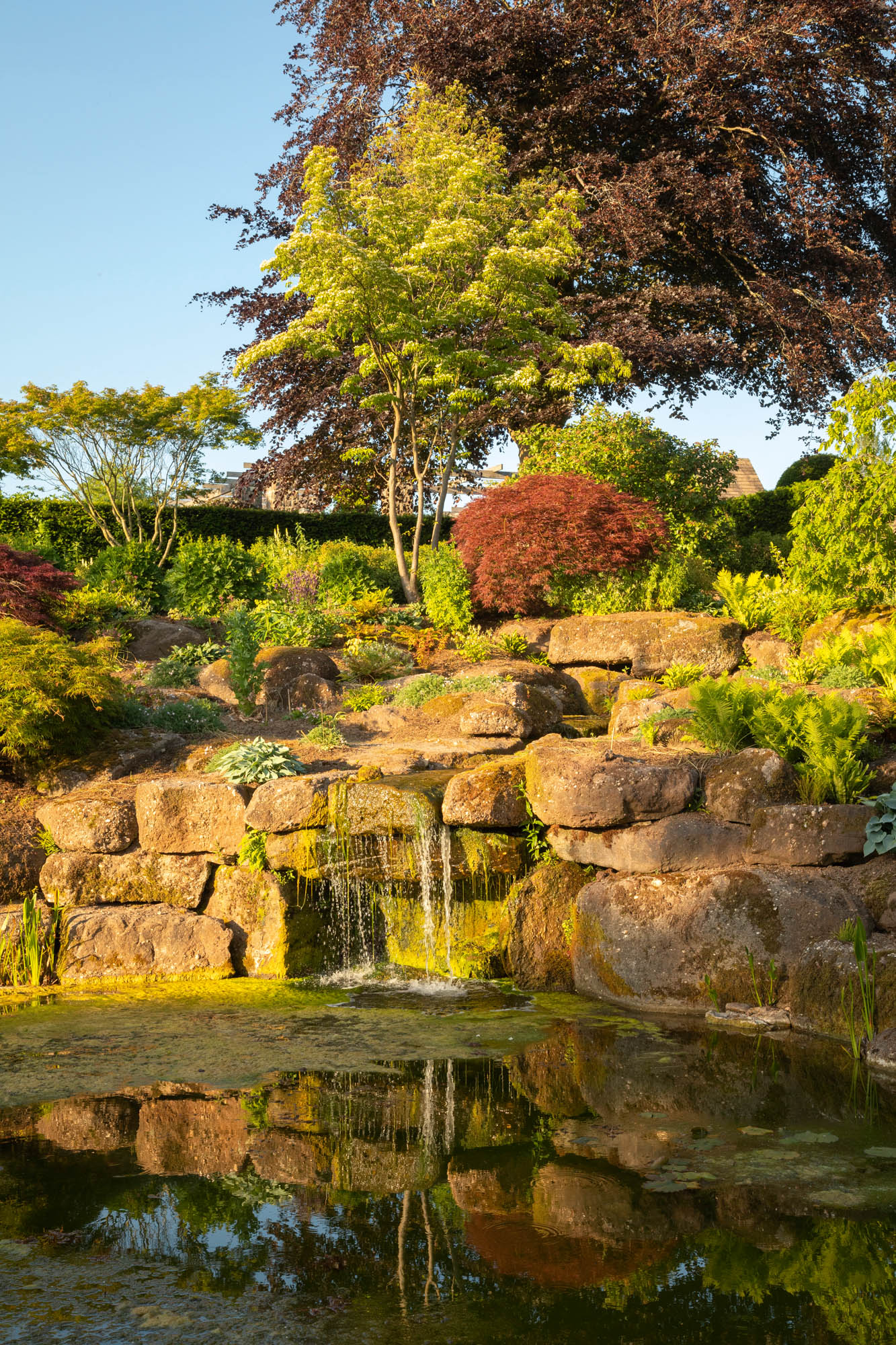
From his first visit to Mounton in 2016 up to the present, Mr Maynard has been able not merely to restore, but to transform and greatly enhance each of the different areas of the gardens. He first of all oversaw the repair and repointing of walls, terraces and footpaths and made sure there was an adequate water supply. He has an exceptional knowledge of the great variety of trees that can be clipped, pleached, pollarded and trained to add different shades and textures to a garden. Tipping’s rather gloomy lawns have thus been enlivened by new topiary, as overgrown trees have been removed to open up the view and a new avenue of magnolias added.
Mr Maynard has brought colour everywhere, creating borders that change over the seasons, from the excitement of spring bulbs to the main show of midsummer roses and iris, mixed with geraniums, nepetas, digitalis and salvias, through to a last peak of flowers for late summer, with asters, dahlias, Japanese anemones, sanguisorbas and persicarias, many of which will hold on to seedheads over the winter.
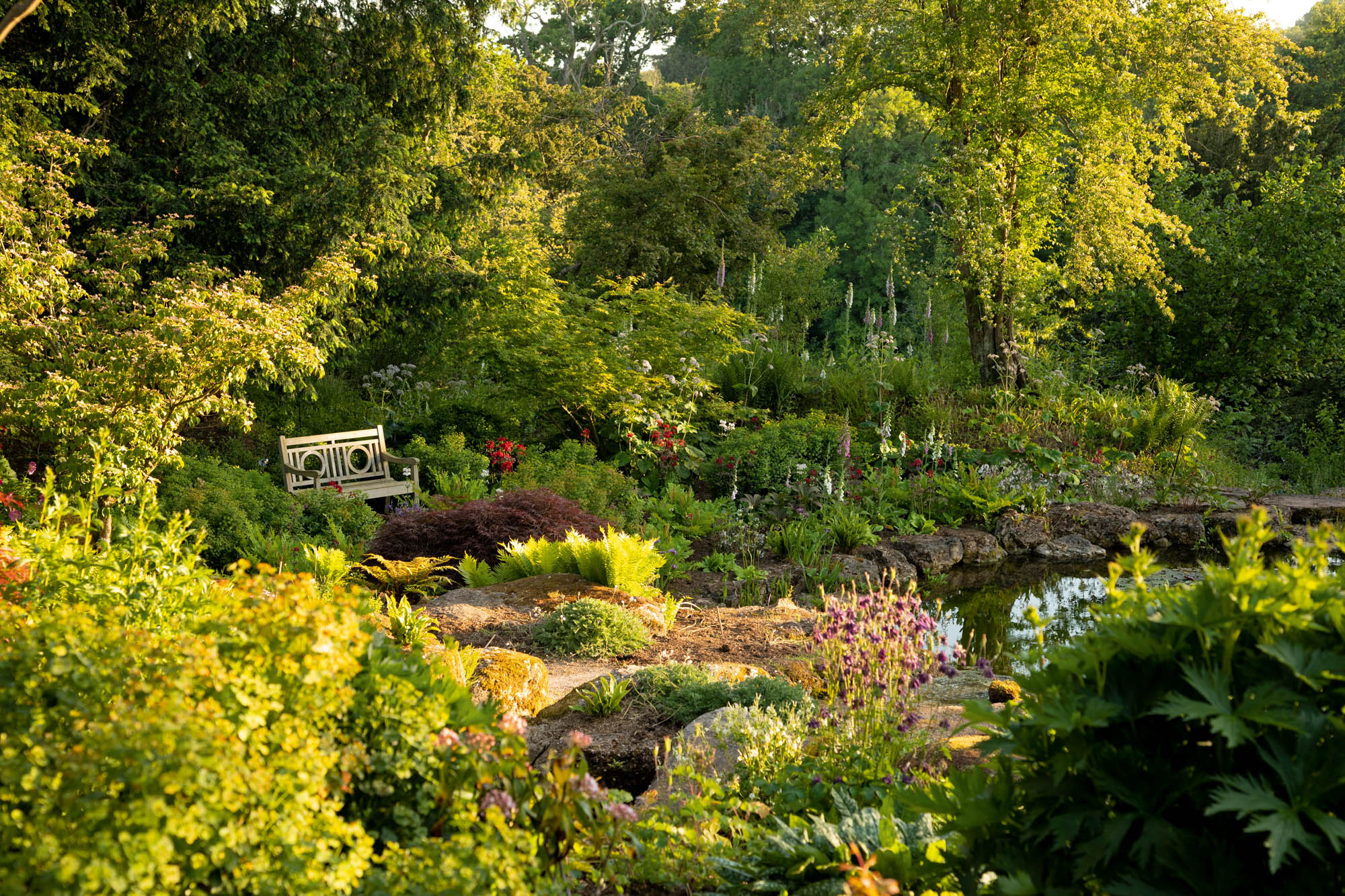
The rock garden has become much more interesting, featuring pools linked with waterfalls to provide sound and movement, new puddingstone rocks and more moss, and specimen trees and different varieties of Japanese maples, as well as numerous rock plants. Again, with an awareness of transitions and the power of colour to unite, the unsatisfactory area next to the rock garden has been planted with different varieties of wild cherry and enriched with significant art works.
Mr Maynard has wisely said ‘gardens are about evolution and moving on’, so work currently continues on a new drive and an elegant frame yard with wooden glasshouse, potting shed and cart shed. One hopes that the shadow of Tipping looks down on Mounton. The project that ended for him in disappointment now lives again.
‘Mounton House: The Birth and Rebirth of an Edwardian Country Home’ by Helena Gerrish is out now (£45, Lund Humphries)

Credit: Knight Frank
A glorious Berkshire house with gardens by Arne Maynard, within easy reach of London and Oxford
Chieveley House is a beautifully-restored country house in an unspoiled Berkshire village within easy reach of London and Oxford.
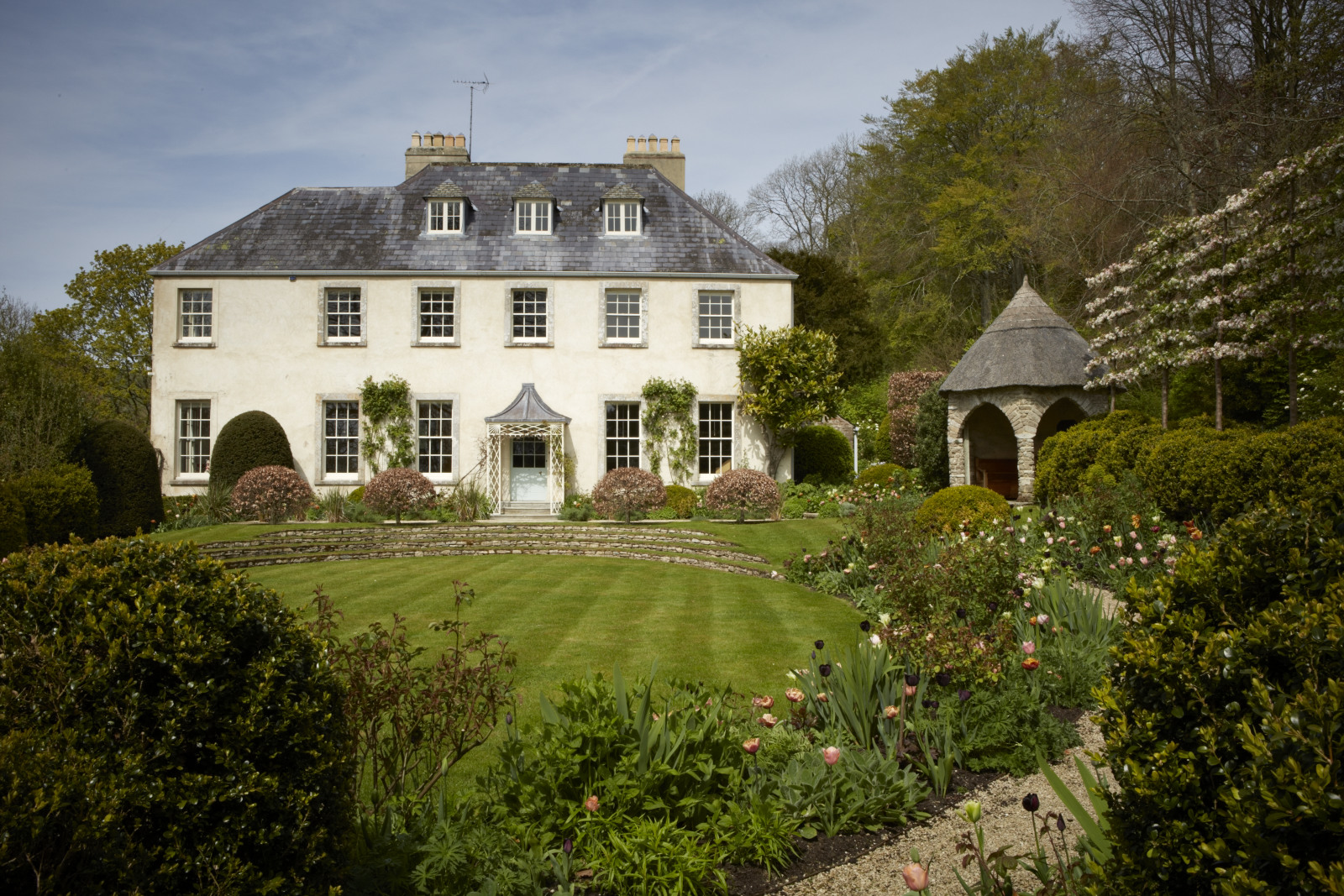
The gardens at the Old Rectory in Litton Cheney, where formal and informal come together in harmony
The Old Rectory in Litton Cheney, Dorset has four acres of gardens with many and varying elements, all drawn beautifully
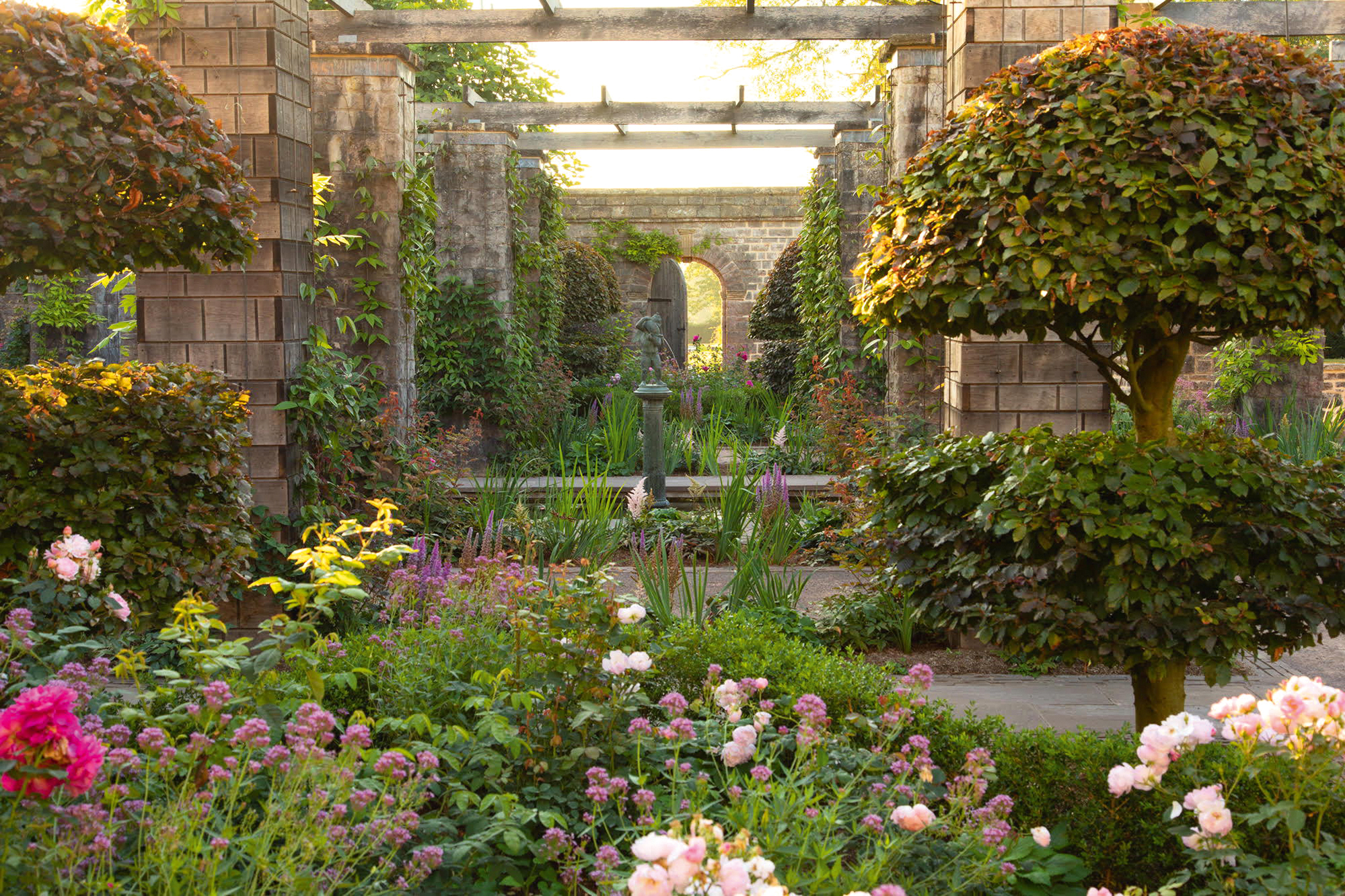
The magnificently beautiful house and garden of the writer who helped make Country Life what it is today
Timothy Mowl looks at Mounton, a house created by Henry Avray Tipping, who served as architectural editor of Country Life
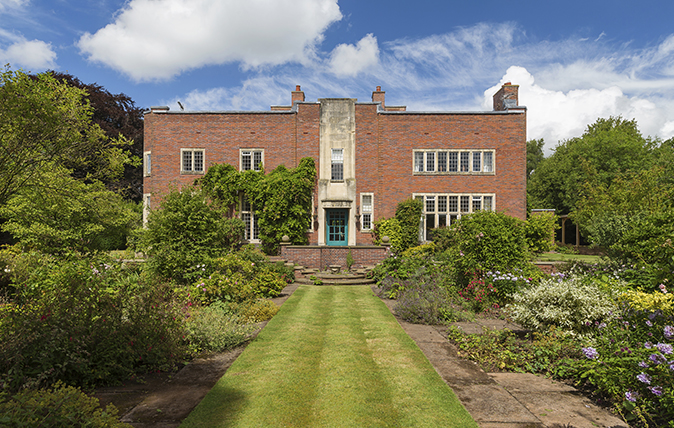
Credit: Justin Paget
Upmeads: A Modernist castle as odd and beguiling today as ever
Boldly conceived by a leading shoe manufacturer and his wife in 1908, this house, recently restored, elicited much comment, as

Radbourne Hall: Inside the halls of a 'playful, magnificent, secret and rather magical place'
An award-winning restoration project has addressed serious structural problems at Radbourne Hall, Derbyshire, the home of Sir James and Lady
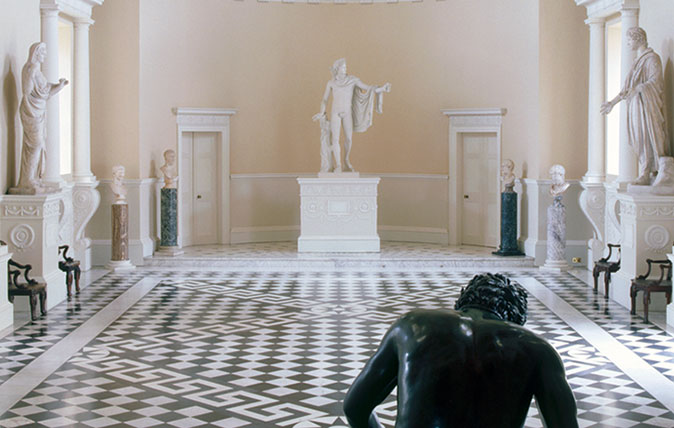
Credit: Syon House - James McDonald
How historic interiors can teach us lessons about modern living
Giles Kime takes a look at what we could all learn about our living spaces from Britain's stateliest homes.
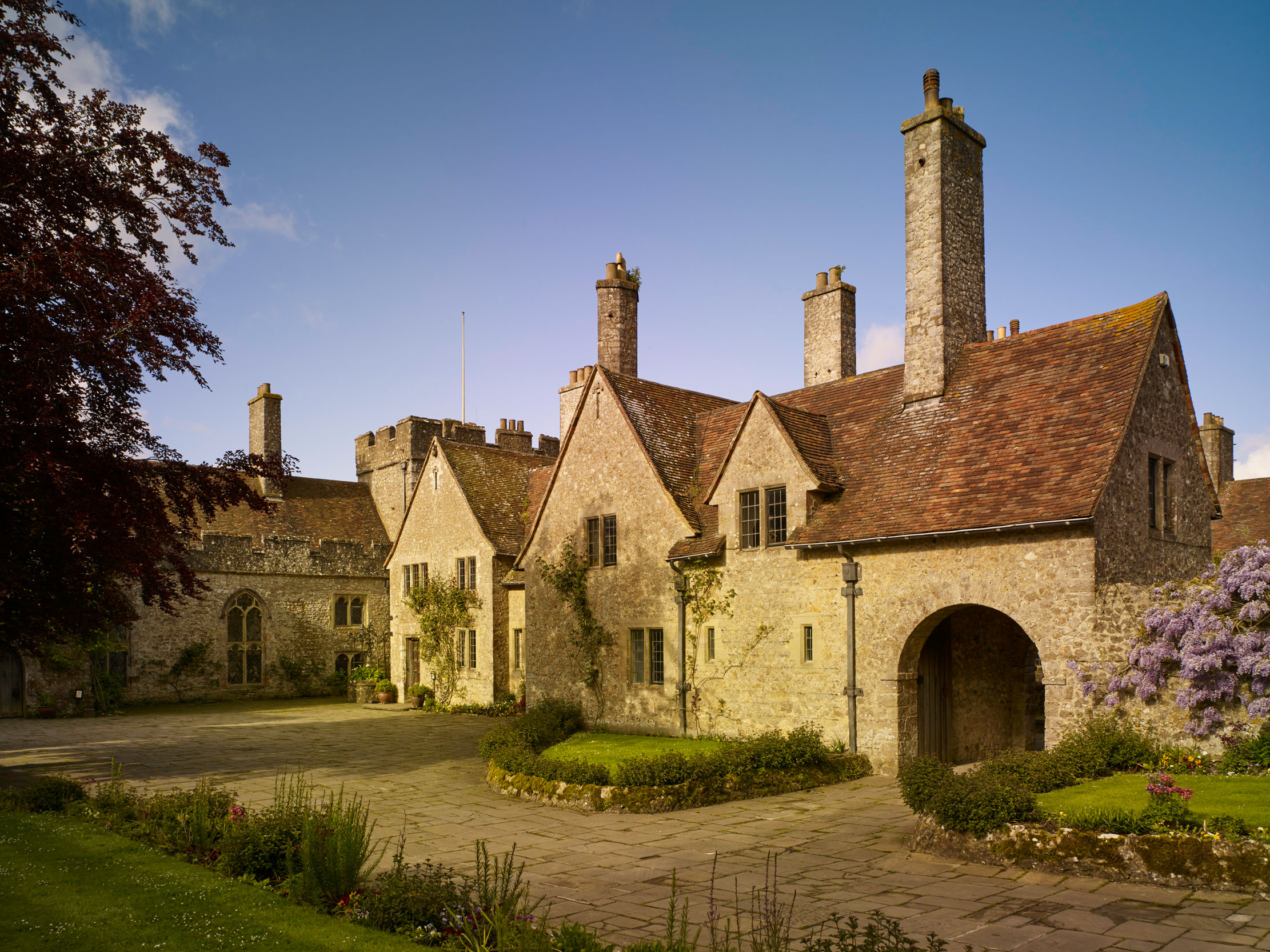
How Edwardian architecture changed through the words and pictures of Country Life
Country Life played a pivotal role in the development of Edwardian architectural taste, championing eclecticism and engaging with history. Timothy
Country Life is unlike any other magazine: the only glossy weekly on the newsstand and the only magazine that has been guest-edited by His Majesty The King not once, but twice. It is a celebration of modern rural life and all its diverse joys and pleasures — that was first published in Queen Victoria's Diamond Jubilee year. Our eclectic mixture of witty and informative content — from the most up-to-date property news and commentary and a coveted glimpse inside some of the UK's best houses and gardens, to gardening, the arts and interior design, written by experts in their field — still cannot be found in print or online, anywhere else.
